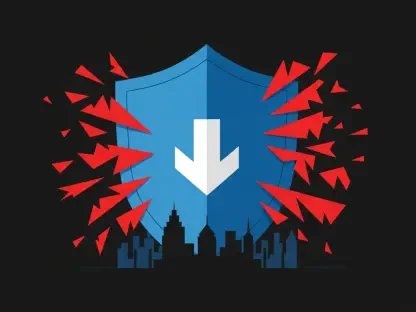In an era defined by volatility and uncertainty, businesses find themselves grappling with complex global risks more than ever before. In this challenging landscape, a silent revolution is underway, where those traditionally known for addressing claims post-crisis are now pivotal players in strategy and prevention. Claims managers are increasingly at the forefront of proactive risk management, reshaping their roles beyond conventional perceptions.
Navigating the Changing Dynamics of Claims Management
The necessity for proactive risk management in today’s interconnected world is increasingly evident. Gone are the days when claims managers merely reacted to incidents, as current realities demand a shift in focus toward prevention and resilience. This transformation challenges established norms, encouraging firms to anticipate rather than respond, heralding a new era in claims management.
Global Risks Demand Proactive Measures
The escalation of worldwide risks—spanning pandemics, cyber threats, and supply chain disruptions—poses unprecedented challenges for modern enterprises. Recent events, notably the COVID-19 pandemic, have exposed vulnerabilities in traditional reactive approaches, prompting a reevaluation of risk management strategies. Such experiences underscore the importance of anticipating and mitigating risks before they materialize, ensuring sustained operational resilience.
The Metamorphosis of Claims Management Firms
In response to these heightened risks, claims management firms such as Gallagher Bassett and Crawford & Company have embarked on a journey of evolution. These entities are embracing resilience-focused approaches, expanding services to include pre-loss consultation and venturing into emerging sectors like healthcare and cyber liability. This diversification exemplifies their commitment to a broader spectrum of risk prevention, adapting to modern demands.
Insights from Industry Leaders and Technological Advances
Key industry figures like Mike Hessling and Andrew Bart emphasize the strategic necessity of this shift. Insights from Hessling reveal Gallagher Bassett’s proactive steps in diversifying service offerings, while Bart highlights Crawford & Company’s investments in flexibility and innovation. These organizations are leveraging AI tools to enhance service quality and operational efficiency, effectively utilizing technology to bolster human expertise.
Implementing Concrete Proactive Risk Strategies
Businesses seeking to bolster risk defenses can adopt several practical strategies. Integrating cutting-edge technology with expert human insights remains crucial in this endeavor. Firms are encouraged to adopt a layered approach, where technology complements human expertise, ensuring that workers add indispensable value to risk management efforts.
Overcoming the challenges of evolving risks necessitates deeper integration between technology and human expertise. Claims management firms have emerged as central players in this realm, not just because of their expanded service offerings but due to their commitment to anticipating and mitigating risks in new ways. This transition, spurred by recent global events, has seen firms equipping themselves with the tools and strategies necessary to navigate an uncertain future. Businesses that effectively merge technology with skilled personnel are better positioned to face the continuous flux of risks on the global stage.









